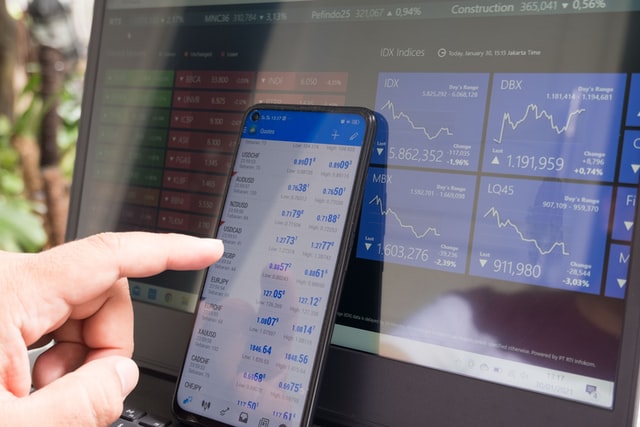Best Analysis Tools for Forex Trading
Forex is the largest financial market in the world, with so much money changing hands every day. With so much at stake, it’s no wonder that forex traders are using different indicators and tools to help predict future currency movements. Using the best forex trading analysis tools will help traders in making more money from their trades. So which ones should you use?
Best Forex Analysis Tools
Forex analysis tools are essential in helping forex traders make informed decisions that will improve their success.
1. Market Analysis Tools
These tools assist forex traders in analyzing market trends and calculating various vital indicators. Market analysis tools include:
Currency Pair Correlation
Currency or forex pair correlation measures the mutual relation in value between currency pairs. It identifies whether a movement in a currency pair is similar to that of other currency pairs.
If currency pairs are moving in the same direction, then they have a positive correlation. On the other hand, currency pairs moving in different directions have a negative correlation. Currency pairs with positive correlation can lead to lower profits. Forex traders should therefore avoid trading in positively correlated currency pairs.
Carry Trade Calculator
This tool predicts the interest that an investor will either pay or earn for holding a trade overnight. The tool will assist forex traders in identifying and holding on to trades that will earn interest while avoiding those that will incur interest.
Forex Volatility Calculator
The volatility calculator predicts how a currency will fluctuate on average over a given period. To get the forex volatility, take the average of the difference between the lowest and highest price within a timeframe.
This tool identifies the most volatile currency and helps a forex trader set a take-profit and stop-loss point.
Pivot Point Calculator
This tool helps identify the pivot point of a currency. A pivot point is a price at which a currency price turns and starts moving in the opposite direction. Forex traders use price pivot points to determine the ceiling and floor prices of a currency pair.
Position Sizing Calculator
Position size helps traders set a currency amount limit that they are willing to risk on a single trade. Therefore, traders can maintain a healthy portfolio by having an ideal risk management strategy and trading plan.
Pip Value Calculator
A pip is a price interest point or percentage in point representing a slight change in a currency pair. The pip calculator helps traders determine what amount of pips to trade-in. It is better to trade between five and ten pips, depending on the exchange rate.
2. Trend Analysis Tools
Trend analysis helps in assessing the current momentum and trend of a currency pair. The most commonly used method of measuring trend analysis is the moving average. Moving average gives you the historical trend of a currency pair. Most forex trading platforms have inbuilt tools for analyzing trends.
Trend analysis tools help forex traders know how liquidity providers are manipulating currency market trends. This information further assists the traders in spotting opportunities and risks from the market data.
3. Technical Analysis Tools
Technical analysis is used to identify technical indicators.
Relative Strength Index (RSI) Indicator
This technical tool is used to identify over-traded currency pairs. It shows the overall momentum of the forex market. RSI indicator fluctuates between zero and 100. A currency pair is considered oversold if lower than 30 and overbought if more than 70.
Forex traders use this data to determine when to buy or sell a currency pair. Traders sell when the RSI is above 70 and buy when it is below 30.
Moving Average Convergence Divergence (MACD) Indicator
A MACD indicator identifies a bullish or bearish momentum. The momentum is bullish when the MACD indicator is above zero, while a MACD below zero shows a bearish momentum.
Bollinger Band
This trend analysis tool helps identify whether prices are low or high on a relative basis. Forex traders use Bollinger bands to identify where to place a stop-loss order and where to take profit.
4. Sentimental Analysis Tools
These tools measure the position of other forex traders in the market. The tools assist in determining overcrowded trends. When most forex traders agree about a trend, it is an opportunity to open a trade in the opposite direction.
Conclusion
There are many forex trading analysis tools in the market to help traders plan their trades and minimize risk. However, knowing how to interpret each tools’ data is the key to success.

